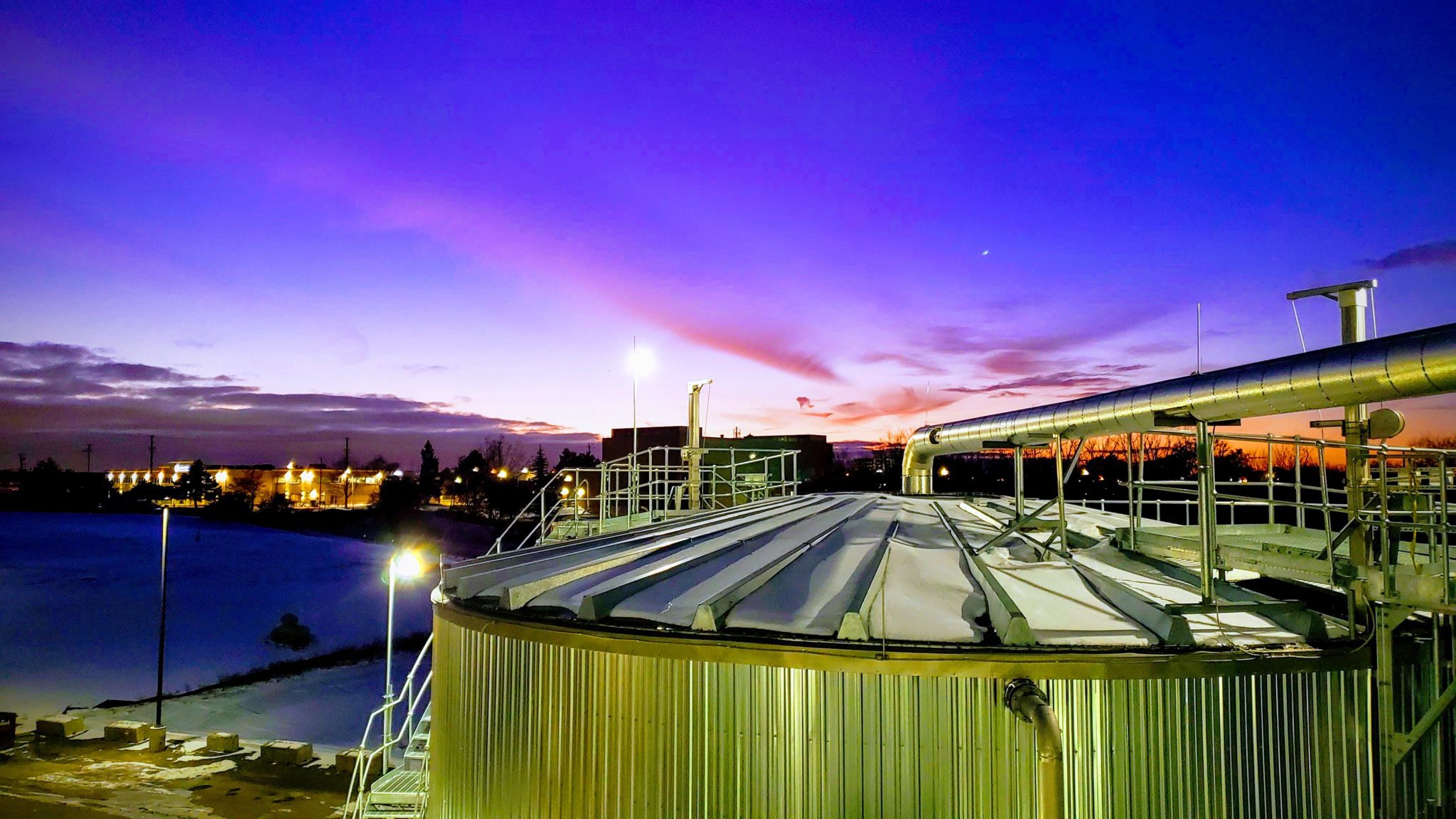

The preferred district extension was the medium-sized one. Scenario 1 proved to be the most suitable solution, because the introduction of SS in Scenario 2 increased costs and payback time, rather than generating a higher waste amount and lower biogas yield. Results showed the advantage of the two scenarios over the reference one. Furthermore, different district extensions of the metropolitan area were considered with the goal of determining the optimal size. Depending on the type of feedstock, two scenarios were evaluated and compared with the reference scenario, based on composting treatment: (1) mono-AD of OFMSW and (2) co-AD of OFMSW and sewage sludge (SS). This study aims to evaluate the techno-economic feasibility of an AD plant at the local scale for the treatment of organic waste generated from urban districts. AD is often regarded as a centralized solution for an entire community, although recently, there has been some debate on the adoption of decentralized, smaller facilities. Anaerobic digestion (AD) of organic fraction of municipal solid waste (OFMSW) is considered an excellent solution for both waste management and energy generation, although the impacts of waste collection and transportation on the whole management system are not negligible.


 0 kommentar(er)
0 kommentar(er)
